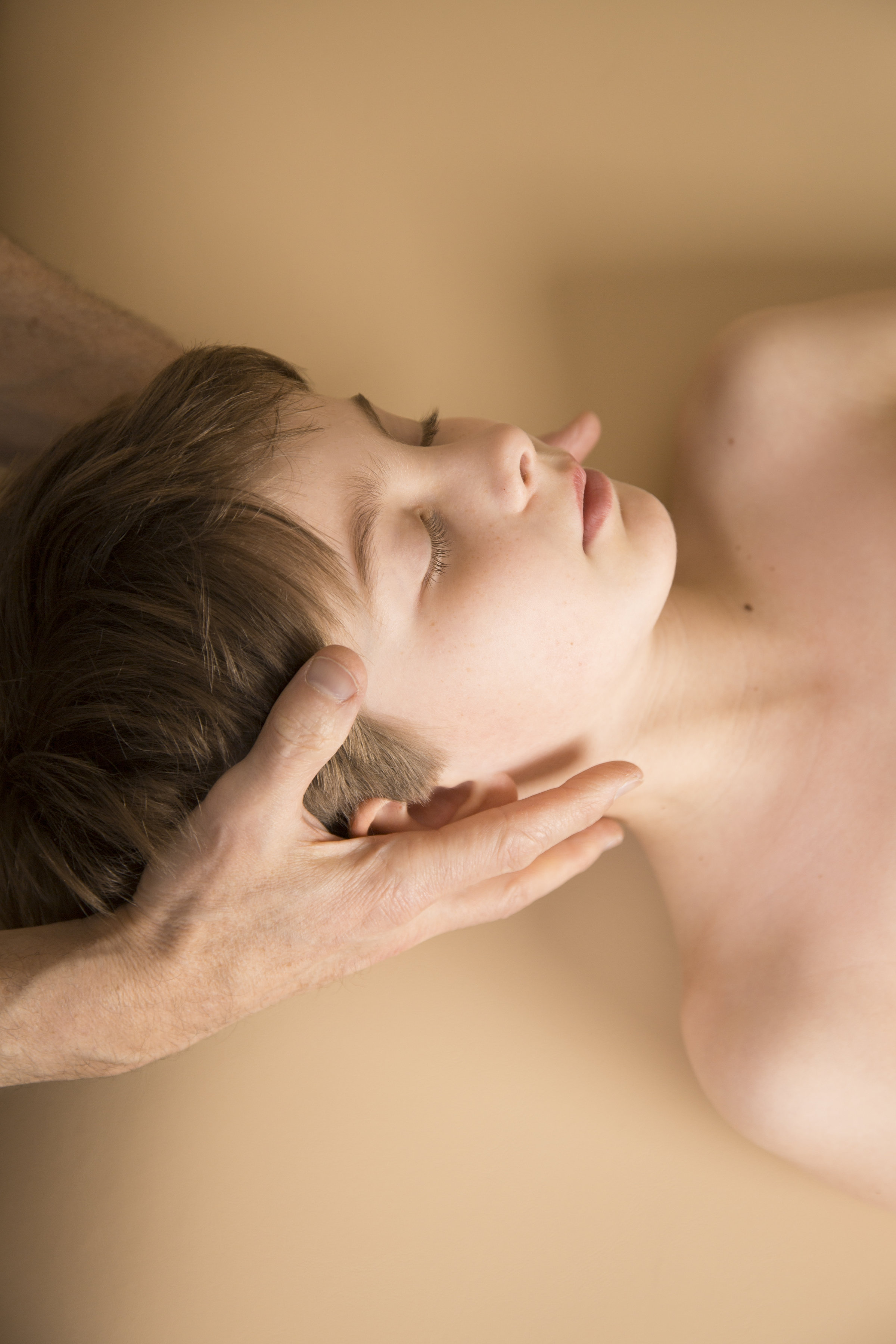What is Rolfing?
Rolfing® structural integration is a therapeutic bodywork originated by scientist and visionary Ida P. Rolf, PhD. In the 1950’s Dr. Rolf recognized that the body is not made up of separate parts but is in fact a seamless network of interconnected tissues—the "fascia"— and that the history of all of our injuries and strain is imbedded there. She refined this breakthrough into a therapeutic method and in the 1960’s began teaching this new work she had developed.
At the core of a Rolfer’s training is their ability to read a person’s structure by watching them stand and walk. Through this process we are able to recognize and understand the layers of history in that person’s body. Each of our bodies has made adaptations to the various stresses and strains we’ve encountered in our lives. These include accidents, injuries and misalignments as well as traumas and anxiety. In response to these challenges the body tightens and braces. Where this bracing shows up first and foremost is in the connective tissue system of the body known as the fascia. Lines of strain from life’s overwhelming experiences—both physical and emotional—are laid into the matrix of fascia which spreads throughout the body in an uninterrupted three-dimensional web enveloping and supporting all of the body’s various parts.
We refer to these lines of strain as compensatory patterns. They are the body’s way of tightening in response to injury and stress. Each of us accumulates our share of them over a lifetime just like the buildup of rings in the trunk of a tree. The most recent compensation is layered over the one before it, and that one is layered and knitted into the one before that, and so on back through the timeline of our body’s history. These compensatory patterns are what keep us locked-in to states of chronic re-injury, tightness, inhibited function and in many cases, pain.
Each person’s unique combination of compensatory patterns is like a roadmap which the Rolfer is able to read and understand through movement analysis at the beginning of each session. A therapeutic plan is then devised to gently release, unwind and lift the restrictions in order to return an individual’s body to its natural state of balance, flexibility and ease.
What are the Benefits?
By working directly with the fascia we are able to achieve a significant and lasting resolve to recent injuries as well as older chronic holding patterns. These changes allow for a more optimal and balanced alignment restoring freedom of movement and improving overall health.
The most common results of Rolfing are: a person stands taller and has better posture, breathes more deeply without restriction, moves with greater flexibility and bends with greater ease. Progressing through the series people experience feeling much more comfortable in their bodies and gradually more and more comfortable within themselves. Many notice over the months of integration following their Rolfing series that they are responding much differently and with greater resiliency to day to day challenges. Things that used to cause upset or trigger an emotional reaction now seem to just flow on by without disturbance replaced by a greater sense of ease.
scheduling & cost: The Rolfing Series
In order to be thorough in accomplishing our goals together most new clients opt to receive a basic 10 session series. This series is a well orchestrated sequence—each session building upon the one before it—and is custom tailored to each individual’s particular needs.
Clients should allow 90 minutes for each appointment—the on-the-table work time is roughly an hour. The fee for each session is $180. Cash, check, Venmo or ZELLE are the preferred forms of payment. Credit cards are also accepted.
Clients do not need to sign up for or commit to an entire series. It’s perfectly fine to try a single session of Rolfing. Afterwards, we’ll both have a much better idea whether the work is a good fit for you at this time and how to best proceed.
Establishing and building upon a momentum of change through the series is an important factor. For most people it works best to space the sessions anywhere from 1-3 weeks apart. When necessary, longer breaks can be scheduled into a series to accommodate for time away or other circumstances.
Consultation
Some people are ready to jump on in and try a first session in order to experience the work. For others an in-between step can feel most helpful and for them I offer a free half-hour consultation. The consultation is a chance for us to meet in my Northampton office. It’s an opportunity to sit down together and talk as well as have any questions answered or concerns addressed.
Further Work
The changes from Rolfing are of a lasting nature. Though there’s no requirement to return after the basic series, many clients wish to continue with further work in order to build upon the original changes and advance beyond them. This further work usually takes the form of a 3 or 5 session series. As always, the work is tailored to each individual’s needs at the time.
Some clients return several times a year for further work. Others may come back once a year for a tune-up. Still others allow a year or more to go by before returning for this more advanced work.



